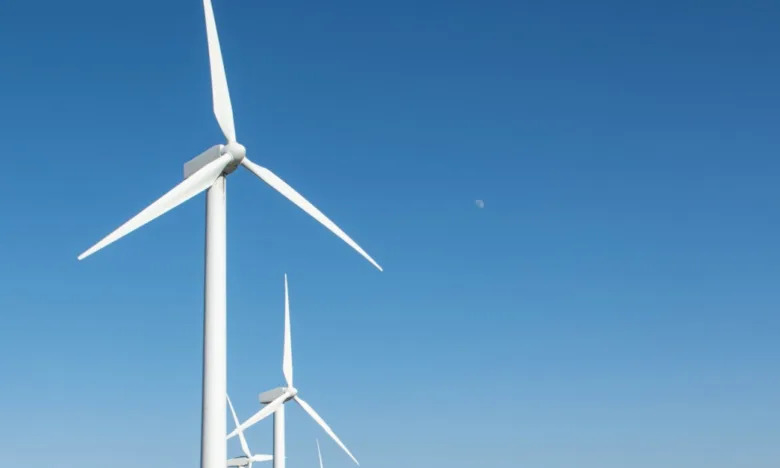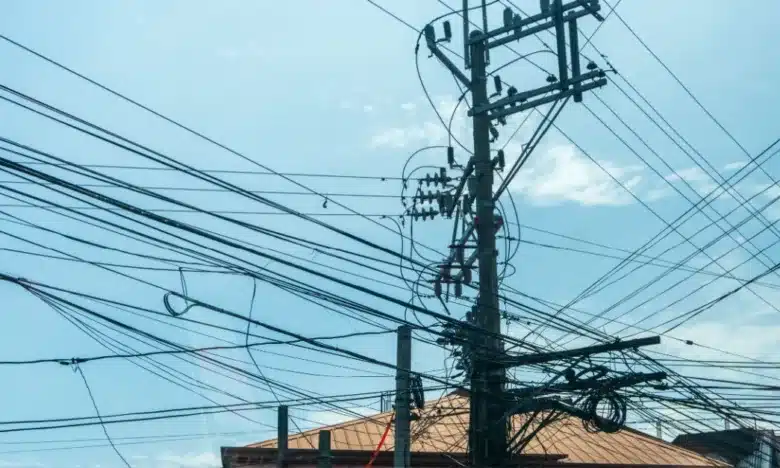
Power Alerts Signal Energy Stability Gap
- April 8, 2025
The National Grid Corporation of the Philippines (NGCP) has warned that yellow and red power alerts may continue during the hot summer months.
This comes despite having sufficient transmission capacity, which currently totals 10,260 megawatts (MW)—6,573 MW for Luzon, 2,281 MW for Visayas, and 1,406 MW for Mindanao.
“We need to prepare for the worst case. The worst case is we will see red and yellow alerts within the year,” warned NGCP Spokesperson Cynthia Alabanza. “When will they happen and to what extent or severity of these alerts are, we cannot say because that’s a discussion between us and the Department of Energy (DOE).”
(Also read: DOE says summer power demand to exceed 2024 levels)
Yellow alert last March
NGCP clarified that its role is limited to transmitting electricity, not generating it. “The readiness of the NGCP on these matters is to make sure that the [transmission] lines will not go down simultaneously,” Alabanza stated.
However, past instances have proven that faults in transmission cause power outages. A case in point was the Panay blackout in early 2024, which resulted in ₱3.8 billion in economic losses in Iloilo alone. President Ferdinand R. Marcos Jr. urged NGCP to prevent such incidents from happening again.
Last March 5, a yellow alert was issued on the Luzon grid on March 5—the first of 2025—due to rising demand and unexpected power plant shutdowns. Though no outages occurred, the incident, which lasted about two hours, raised questions about the grid’s resilience ahead of the summer peak.
A yellow alert means power reserves are too low to cover potential outages, while a red alert signals that supply can no longer meet demand and backup needs.
According to recent NGCP data, peak power demand hit 12,467 MW on March 6—about 5% higher than the projected 2025 forecast of 11,870 MW under the grid’s operating plan.
To prevent possible power issues, NGCP is strengthening its operations and maintenance efforts. Alabanza said the company is taking early steps to ease pressure on the grid in the months ahead.
“The system operations have a plan as to where to divert potential transmission failures somewhere in the grid. So, there are many ways that NGCP can manage problems on the transmission side,” she shared.
Additionally, Alabanza noted that talks with power generators are underway, with the DOE stressing the need for a coordinated industry effort.
Power supply expected to fall short in June
Luzon and Visayas could face tight power supply in June 2025, while Mindanao is expected to have steady reserves, according to the latest Philippine Power Outlook released by the Institute for Climate and Sustainable Cities (ICSC). The report, based on NGCP and DOE data, reviews supply and demand trends.
Luzon is projected to have stable reserves in April, face yellow alerts in May, and possibly see red alerts by June.
Between March 31 and June 1, Luzon is expected to supply 250 MW to Visayas through the high-voltage direct current (HVDC) link. However, exports may be limited from June 2 to 8 due to an estimated 842-MW drop in coal power output.
Hydroelectric power plants in the Philippines often experience reduced output during the summer months due to decreased water levels. For instance, in April 2023, the Pantabangan Reservoir’s water level dropped 30 meters from its normal high, affecting its 100-megawatt hydroelectric capacity.
In a 2024 outlook by the ICSC, with El Niño occurring that same year, hydroelectric power plants (HEPPs) were anticipated to experience significant derating. During the dry season, it was predicted that the hydroelectric capacity of 2,050 MW in Luzon would be reduced by 70%, leading to an estimated 1,435 MW of power being offline from the grid.
The research group also cited the yellow alert declared by NGCP on March 5, when outages at seven baseload coal plants took 2,495 MW offline from Luzon’s power supply.
Jephraim Manansala, ICSC’s chief data scientist and co-author of the report stated, “Elevated summer demand contributes to the strain, but forced outages and derated operations of baseload plants severely disrupt supply.”
For the Visayas, the grid is expected to have sufficient reserves for most of the second quarter but may face yellow alerts in June if power imports from Luzon are restricted.
Luzon and Mindanao supply electricity to the Visayas, which faces transmission challenges due to its five interconnected island grids. “Transmission capacity varies between islands, which creates bottlenecks when demand spikes in a specific area,” the report elaborated.
The ICSC forecasts that the Visayas will face a negative net operating margin from April to June, indicating local generation won’t meet peak demand. To ensure adequate capacity, the grid will rely on 450 MW from Mindanao and 250 MW from Luzon via HVDC links.
Last 2024, DOE warned that the Visayas needed an additional 250 MW to avoid power outages. It highlighted that a 10% boost in generated power could prevent blackouts, driven by a 9% annual increase in peak demand in the region.
According to the DOE, the Visayas region has 25 committed renewable energy power projects totaling 1,982 MW of potential capacity. Of this total capacity, approximately 38.37% (760 MW) is from solar energy, making it the largest share among the planned sources.
While solar energy is a key component of the Philippines’ renewable energy strategy, its effectiveness is limited to daylight hours, posing challenges for meeting evening peak electricity demands.
The International Energy Agency (IEA) has projected a 5% increase in the Philippines’ electricity demand last year, with similar growth expected annually between 2025 and 2027. This rise in demand aligns with anticipated GDP growth, driven largely by economic activity, which will fuel electricity consumption.
Given this, coal-fired plants remain indispensable. According to the IEA, “Coal plants are typically used as a source of baseload power due to their capacity to operate continuously and provide an uninterrupted supply of electricity.”
Meanwhile, Mindanao is expected to maintain adequate reserves while exporting 450 MW to the Visayas. The ICSC noted that Mindanao can cut back on exports, if needed, to ensure grid stability within its own network.
(Also read: DOE Begins Evaluating Possible Nuclear Plant Sites)
Urgent need for more baseload plants
To address the expected rise in demand, NGCP is advocating for more baseload power plants. Alabanza emphasized the importance of stable, non-intermittent power sources to maintain grid reliability.
She explained, “Although we encourage that because it’s clean energy, solar power, by nature, has a relatively low capacity factor. This is because there’s no solar energy at night and when it’s cloudy, (so) the output drops.”
In his opinion piece, energy advocate Nic Satur Jr. agreed, saying that Vietnam’s strategy for energy development offers a valuable model for the Philippines.
“Vietnam has strategically utilized coal and gas-fired power plants to provide baseload stability while simultaneously fostering the growth of renewable energy sources,” he wrote. “This strategy has led to significant progress, with renewables now accounting for 42% of Vietnam’s electricity generation in 2023, including a 13% contribution from solar and wind power.”
He also mentioned that the National Grid Corporation of the Philippines (NGCP) is dealing with aging infrastructure, which is causing power losses and outages. Furthermore, he emphasized that the DOE and ERC must hold NGCP accountable for the 27 projects that remain delayed.
On the other hand, Alabanza urged the public to use electricity wisely, efficiently, and responsibly to help prevent potential power shortages.
Sources:
https://powerphilippines.com/ngcp-flags-possible-power-alerts-this-year/
https://mb.com.ph/2025/3/25/ngcp-10-260-mw-transmission-capacity-for-new-power-plants
https://dailyguardian.com.ph/luzon-visayas-face-tight-power-supply-in-june-2025-study-says/
https://pco.gov.ph/news_releases/pbbm-tells-ngcp-do-not-let-panay-island-power-outage-happen-again/
https://www.pna.gov.ph/articles/1233920
https://earthobservatory.nasa.gov/images/152787/water-levels-plunge-in-philippine-reservoir
https://icsc.ngo/wp-content/uploads/2024/04/2024_PowerOutlook_FullReport.pdf



